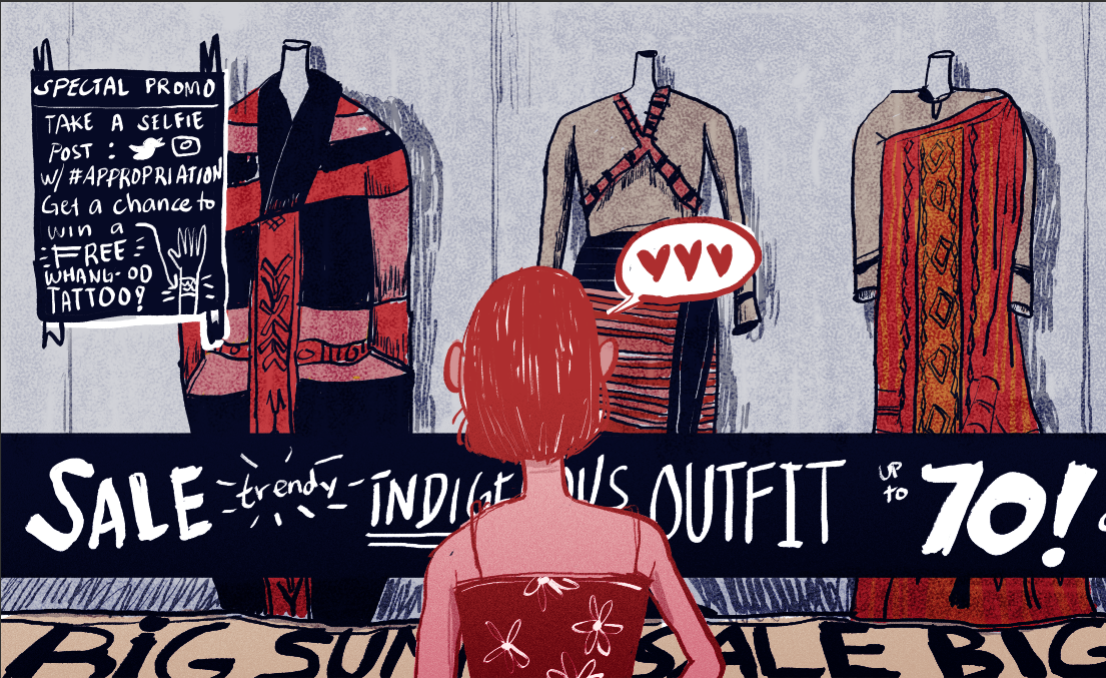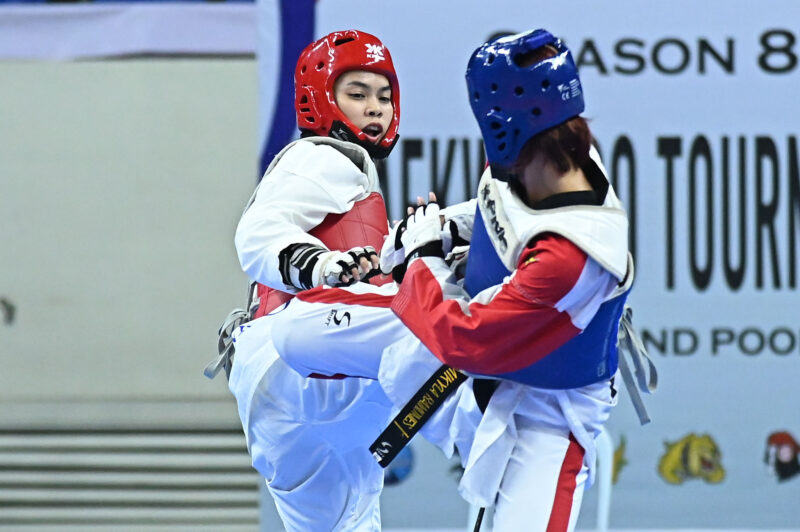Cultural appropriation is a social phenomenon still unsolved, where various perceptions and ideals continue to intersect. This poses one crucial question: When should you or should you not be offended?
Despite continuous progress in cultural sensitivity, blatant ignorance and rigid stereotypes still persist today. Because of such stereotypes, misguided attempts to show appreciation for other cultures abound. Likewise, perceptions of what counts as cultural appropriation vary from person to person, leading to a muddled issue of where to draw the line.
Gilbert Que, an instructor at the History Department, says that while perspectives about the term “cultural appropriation” may differ, one agreeable definition of the term is “using another society’s culture as your own without actually understanding that aspect of culture.” But no matter how one defines it, it seems that understanding cultural background becomes the very root of the issue.
And though intercultural relations have never been more pronounced in history, misperceptions of other cultures still continue to be a point of conflict. Because intentions are often unclear, the line between appreciation and appropriation is blurred.
Pointing fingers
Sometimes, appropriation is shrouded in what was originally intended to be an appreciation of another culture. Vogue Magazine’s recent March issue, for example, featured model Karlie Kloss as the center of a six-page, Japanese-themed photoshoot. The issue sparked outrage due to the fact that the Caucasian Kloss was casted over any other Japanese model and was the only model to be given more than a single page. The photos heavily relied on historical icons of Japanese culture such as the geisha and sumo wrestler.
It seems ironic that Vogue chose to call this “The Diversity Issue.” But even then, this isn’t the first time that the publication has faced criticism for appropriating culture. Kloss has recently apologized to fans while no comment has been made by Vogue.
There may even be double standards when it comes to who is in the act of appropriating another culture. “If a white guy has dreadlocks, society [will say], ‘You’re trying to be black.’ But if a black person straightens his or her hair, does [this] mean that they are appropriating white culture?” Que adds.
It also becomes a question of which culture is more dominant. “Another [factor would be] power play. [If a society has] a minority culture like indigenous groups, [and their culture is absorbed] by the mainstream of society, [people] will say that you are exploiting their cultures,” Que says.
In a way, existing stereotypes of certain groups or cultures could affect how attempts of appropriation or appreciation are perceived. And in a far more globally connected generation, these expectations have the power to influence how today’s society “appreciates” other cultures.
Background checks
Controversy arose when the works of Whang Od, a tattoo artist from Kalinga, became highly publicized on social media. These tattoos are traditionally applied and were once given only to tribe leaders who won or showed bravery in battle. Since these are now sold to tourists and “daring” tattoo lovers, concerned bloggers and tourists fear that the original significance of these tattoos may slowly be forgotten, leading to misuse. More often than not, it’s this habit of overlooking historical contexts that leads to cultural appropriation.
Assistant history professor Stephanie Coo, PhD says that it’s difficult to draw the line between appreciation and appropriation as circumstances and reactions differ depending on the case study.
Take for example, a tourist who buys artistic Chinese calligraphy on a plaque, but later finds out that the characters actually translate into “For Sale.” Compare this to a trick-or-treater who, for Halloween, fashions and wears a feathered war bonnet, which in Native American culture is worn only by chieftains.
Both cases are quick to take cultures out of context from their historical significance, but it’s the former that Coo says is an example of appreciation without appropriation. While the tourist takes the item out of context, she had genuinely bought it for its artistic quality. The latter inserts a culturally important artifact into a less important context, and this makes the case an act of appropriation. It’s important to take different sides into consideration. “You have to see how people receive it,” says Coo.
More than a passing fad
Award-winning author Lionel Shriver was strongly criticized for her speech at the Brisbane Writers’ Festival where she expressed hope for the “super-sensitivity” against cultural appropriation to be only a passing fad.
In a New York Times article explaining her rhetoric, Shriver says, “[Public] discourse is growing so perilous [with] the danger of being caught out for using the wrong word or failing to uphold the latest orthodoxy in relation to disability, sexual orientation, economic class, race, or ethnicity that many are apt to bow out.” Shriver implies that there are many who fall victim to “social justice warrior” millennials who cannot stand political incorrectness.
History professor Michael Ang observes that these clashing cultural opinions begin as part of the historical process. “To a certain extent, [cultural appropriation] is politicized—but you can’t please everybody since they have different points of view,” he says. Times have changed rapidly, but people have not stopped focusing on differentiation.
Ang adds that moral perceptions on culture are now in a gray area. Without a central authority, people are free to redefine what is politically correct. In other words, one cannot claim that an action is culturally inappropriate without considering all angles on the matter. “Nobody has the monopoly of what is right and what is wrong,” he stresses.
Treading the line between perspectives, he states that this generation is exposed to history and all its complexities through social media, meaning that an engagement from millennials in cultural issues is valuable. While millennials are very much grounded on virtual information, their convictions are sturdy. Delineating different takes on cultural appropriation with the use of social media is a whole new ballgame for discourse.
Meeting in the middle
In a constantly advancing society, people seek to define everything around them—even across cultural divides. But Ang claims that there are no unique cultures; they all overlap. With this in mind, culture isn’t so much about drawing lines and boundaries, but rather, converging perspectives.
Appropriation often begins with improper representation. As tourists flock to Baguio and rent ethnic costumes for their “novelty,” Igorot culture is diminished to mere fabric. Celina de Guzman, a diplomacy and international relations sophomore, says that knowing the origin of an object is vital. “You can’t just wear a Cordilleran [loincloth] just for the knack of it,” she stresses.
Cultural artifacts point to further than a written history; one cannot claim to know what they completely represent. Such objects are part of collective experiences, handed down from one generation to the next. There’s a history behind every artifact, each with a collection of stories untold. Beyond their exotic qualities, they should be used with a proper level of respect to their significance in culture.
On another note, Martin Luther King Jr. once called for oneness during the American civil rights movement. That people may not find themselves “exile in his or her own land,” just as King did, the definition of boundaries must be put to rest. Instead of plain judgement of others’ actions or singularizing what is ‘right’ and ‘wrong’, there must also be discourse.
“It’s a two-way street,” de Guzman says. “People should have awareness or be, at the very least, willing to find out more about the culture behind an item. And the rest should be more constructive in how they criticize these people—there shouldn’t be any rage or hate. Just understanding.”







